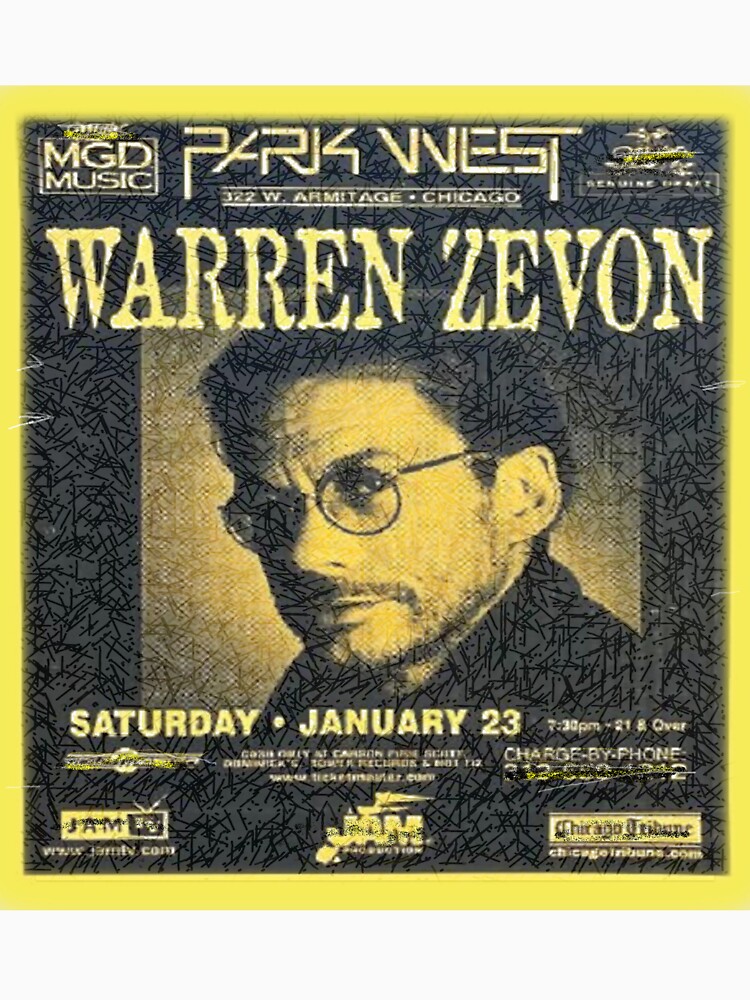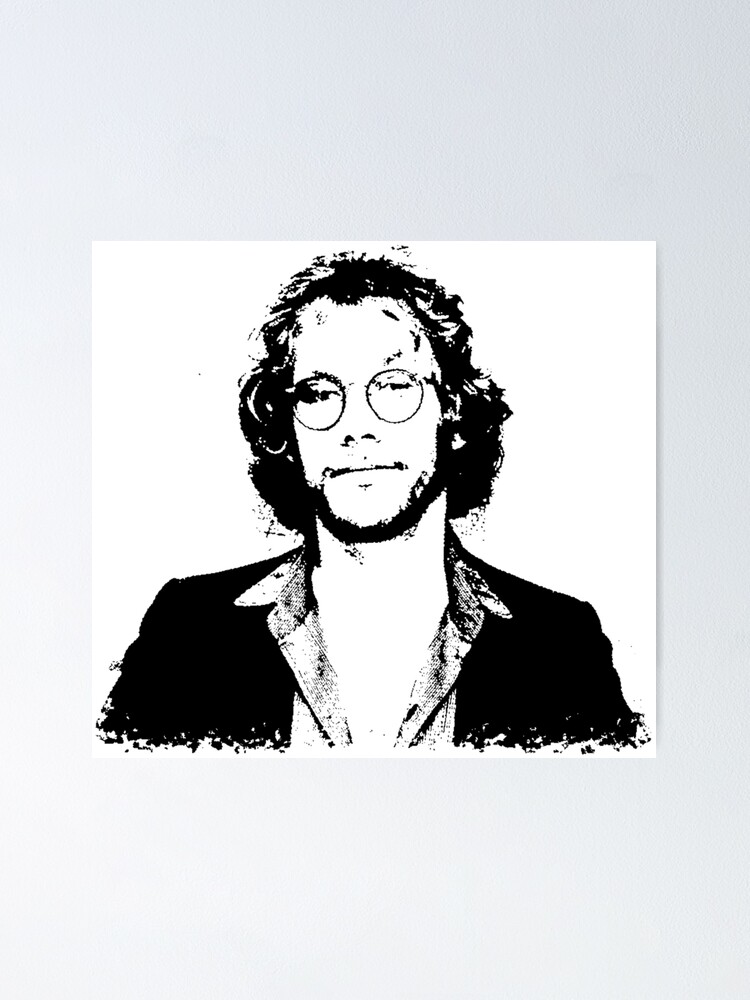
More important than sales figures was the album’s role as Zevon’s farewell note. Though My Ride’s Here only mustered sales of 34,000 in more than a year, death was up for a collaboration on The Wind, prompting almost 50,000 people to snap up copies of the album in its first week, giving Zevon his first Top Forty album (Number Sixteen) in twenty-five years. Several of his musical friends, including Springsteen, Petty, Ry Cooder and Don Henley, offered their services, and the result was The Wind released two weeks ago. “I’d never met him or anything, I had all his music, but he introduced himself very politely and said, ‘I’d like to thank you for mentioning my music in your book.'”Īfter his diagnosis last September, Zevon set about to make a final album. “I looked up and I couldn’t believe it,” Hiassen says.


A few years later, at a book signing in Los Angeles, Zevon was among the readers in line. Hiassen’s novel Native Tongue included a protagonist who played Zevon’s music “in whatever state of despair or frustration he was in,” the author says. As for the writers, Thompson, Hiassen, Paul Muldoon and Mitch Albom contributed lyrics to Zevon’s 2002 release, My Ride’s Here. Thompson, Carl Hiassen) - drawn to the lovely, awful duality of his music. He would also turn up on David Letterman’s late night talk show in the Nineties to fill in for musical director Paul Shaffer.Īnd while none of the albums put Zevon’s name back into the Top Forty, he retained a reliable legion of listeners - particularly among musicians (including Bruce Springsteen, Bob Dylan and Tom Petty) and writers (Hunter S. Bad Example (1991), Mutineer (1995) and Life’ll Kill Ya (2000), which featuring beautiful ballads (like “Mutineer”) along with obsessive musings on death and failure (“Things to Do in Denver When You’re Dead,” “My Shit’s Fucked Up”). The album also featured music by R.E.M.’s Peter Buck, Mike Mills and Bill Berry, with whom Zevon would later record an album as the Hindu Love Gods in 1990. The album boasted a bigger sound and songs like “Detox Mansion” and “Trouble Waiting to Happen” that addressed his alcohol addiction and media coverage of it. Zevon struggled with alcoholism and had kicked the habit before releasing The Envoy in 1982, but a fall off the wagon and its ensuing publicity would prompt a five-year hiatus before he sobered up again and released Sentimental Hygiene. The larger-scale popularity of his previous album began to wane, but Zevon had established a foundation for cult fandom that would keep him in business for the next two decades. Two years later, Zevon issued Bad Luck Streak in Dancing School, which reached Number Twenty on the charts. “Sickness, doctors, that scares me,” Zevon said. Two years later, it was followed by Excitable Boy, which paired the more fragile songcraft of the self-titled album with gonzo bursts of cartoonish violence on “Roland the Headless Thompson Gunner” and “Excitable Boy.” Zevon’s role as rock’s macabre jester worked for him, as Excitable Boy reached Number Eight on the charts in 1978 and included his only hit single, the iconic “Werewolves of London.” Three years ago, Zevon told Rolling Stone that the brutality of the songs was a mask to cover his other anxieties.

Warren Zevon earned a warmer reception than Wanted, and almost plays out like his debut album.


 0 kommentar(er)
0 kommentar(er)
